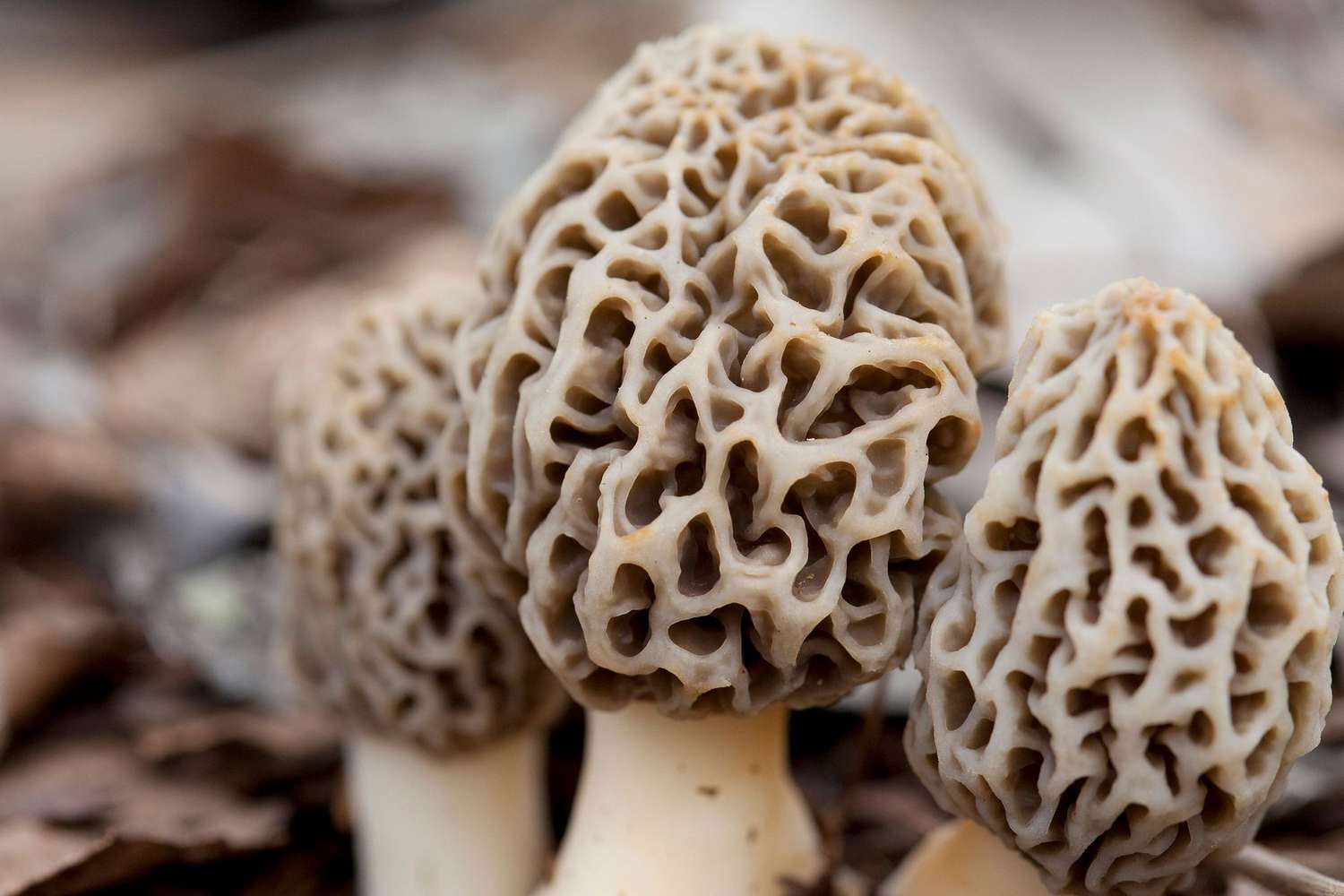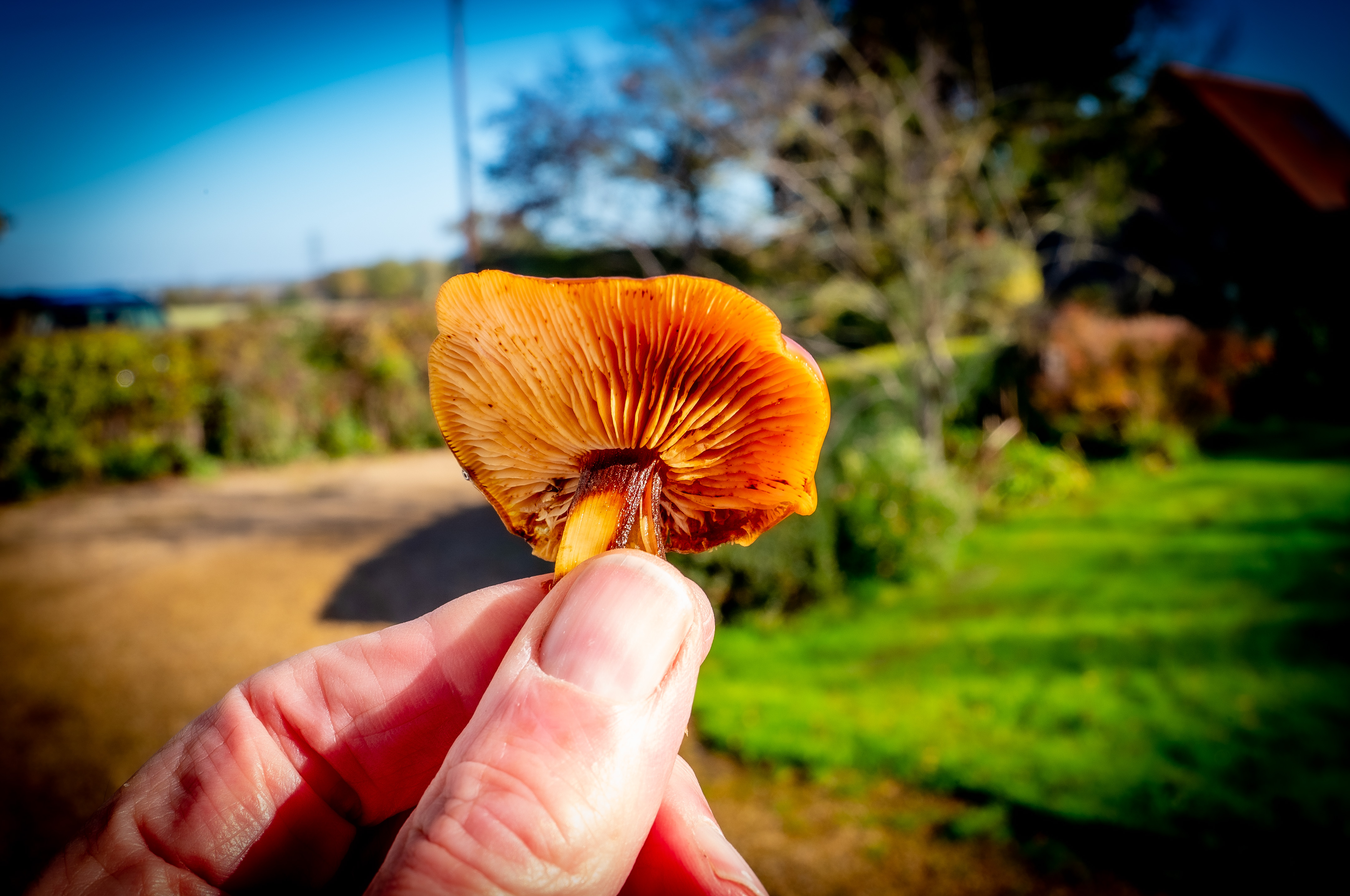As far back as October I was out and about looking for Fungi but it was an odd year. So far..I haven't seen a single Wood Blewitt..yet they are usually fairly plentiful if you know the sort of habitats to look at.. and then they surprise you.. I have a nice pic of a solitary specimen somewhere.. but I can't find it.
One day I went out specifically looking for them.. sometime in Nov. I think..but I found none. I found something which I thought might be Lepista Sordida..smaller version of the Blewitt.. but it turned out to be a Cortinarius species.. though I don't know exactly which. An overnight placing of the cap on white paper produced a brown spore print.. ruling out Blewitts...
So anyway.. yesterday I made the third foray in three weeks to a place called Sidings Lane in Rainford, Lancs. It's an old colliery site abandoned in the 1920s and now a nature reserve. I was looking for one of my fave fungi.. the Scarlet Elf Cup, Sarcoscypha coccinea. And at this third attempt I found it...
Excuses first. my my Panasonic TZ200 had..as usual..got accidentally put into some weird mode and I couldn't get out of it.. (I really must get TZ200 for Dummies..or something) .. so these are phone shots.
https://photos.app.goo.gl/BRaxVFijYpKJ2sJs5
https://photos.app.goo.gl/wqWfqGV7STgwuJ8L9
Scarlet Elf Cup apparently grow more commonly in the west. According to Roger Phillips' book it is edible and though it doesn't look it from the pics it is fairly substantial..having white and quite firm flesh. Only the inside of the 'cup' is a brilliant scarlet colour. The ones I found yesterday were pretty early showings and they will get about 4-5 times bigger in the next days/weeks.
An even worse pic follows:
https://photos.app.goo.gl/uwaK6kq1uHyTy3wM6
This a a small group of 'Velvet Shank' aka Flammulina Velutipes. The one on the left has been pulled from the dead stump to show its blackish 'velvet' shank, or stem..or 'stipe'..as we mycologists like to call it..

This fungus is edible and apparently good.. though I've not tried it. It has two other claims to fame:
1. It can withstand being frozen solid and then carry on growing and producing spores.
2. It is exactly the same species as the one marketed commercially as 'Enoki', or 'Enokitake'. which looks like this:
https://encrypted-tbn0.gstatic.com/images?q=tbn:ANd9GcTHop6hyY1BTg8VLso2lrmGTOl8ITjSYjuaqg&usqp=CAU
The difference is down to the fact that commercial Enoki are grown under different conditions...artificially.
As far as I understand it 'Taki' or 'Take' is Japanese for 'Mushroom', In the case of Shitake, the Shi, or Shii, refers to the Oak tree.. so that Shitake = Oak Mushroom. It seems a bit more complex with Enoki Take..where assorted Japanese and Chinese trees seem to host them. In the UK, F. Velutipes was known for infesting Elm. I have no idea what the dying stump was that I found mine on.




